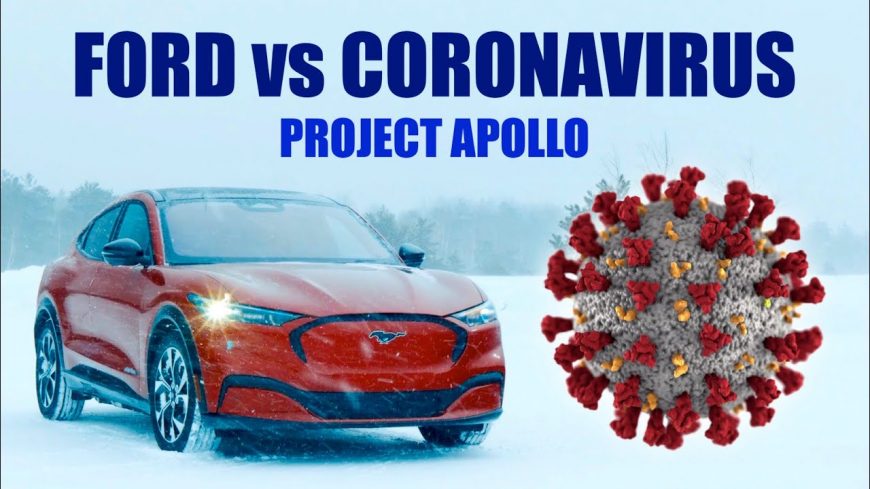Breaking Down Ford’s 38 Day Journey to Engineering Respirators to Fight COVID-19

Engineering something that’s worthwhile is a task that not too many people could manage to carry out. Now, imagine how difficult it is to engineer something that has to be able to save somebody’s life. Furthermore, put a little bit more difficulty into the equation by adding a time constraint on the matter.
As COVID-19 began to spread and healthcare workers didn’t know what to expect, that was the exact situation. As sick people flooded hospitals, the demand for equipment was at an all-time high. Unfortunately, the necessary equipment wasn’t exactly stockpiled somewhere waiting to be distributed. When crisis struck, lots of great people and companies stepped up to fill that void.
One of the companies that promise that they would step into a manufacturing role to help was Ford. Obviously, Ford is an automotive company. This time, though, they would be tasked with creating air respirators from the materials on hand.
Certainly, some of the materials would have to be outsourced. However, the automaker was also able to integrate lots of parts from their current line into creating Powered Air-Purifying Respirators or “PAPRs” for short. The contraption is “Worn to protect the wearer from airborne particulate matter,” says Engineering Explained.
This time, our host over at Engineering Explained takes us through the process. Now that these machines are a reality, we learn a little bit more about how Ford designed them. Keep in mind that this design process happened over just 38 days. From drawings to a physical product, the timeframe was just over a month!
We get it, the design is relatively simple. That’s the beauty of it all, though. Simplicity was key in making sure that these things could be easily mass-produced in a hurry. We can’t help but be impressed by how quickly Ford was able to come together on this. When considering the time frame and how they managed to integrate as many readily available parts as possible, this is a moment that is sure to go down in history.

